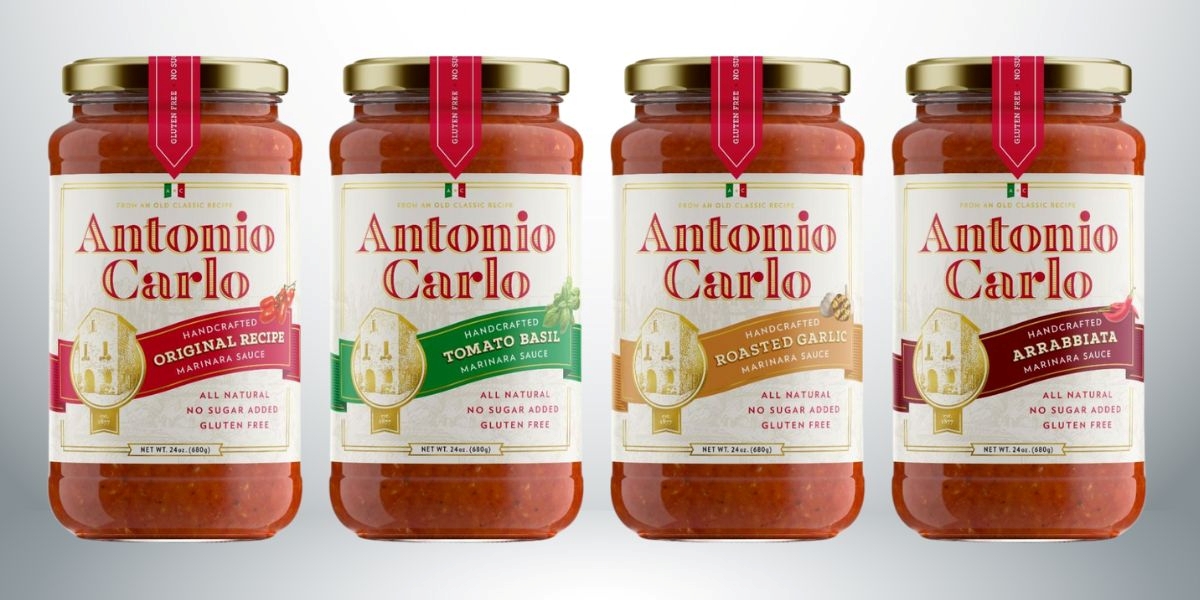Vibe marketing isn’t about color palettes or catchy slogans, it’s about emotional resonance. It focuses on how a brand feels, not just what it says. In a digital landscape flooded with content, audiences respond to tone, mood, and authenticity more than polished messaging.
This approach taps into the emotional undercurrent of branding. Whether it’s calm, rebellious, nostalgic, or empowering, the vibe becomes a signal for shared values. It’s not just about selling a product, it’s about creating a feeling people want to be part of.
For businesses navigating ethical expectations, vibe marketing often complements modern ethical marketing strategies by reinforcing transparency and emotional clarity. When the tone matches the values, trust builds naturally.
Emotional Branding Needs More Than Storytelling
Traditional emotional branding relies heavily on storytelling. But vibe marketing goes deeper, it shapes the entire sensory experience. From the rhythm of a video to the pacing of a caption, every detail contributes to how a brand is perceived emotionally.
For example, a wellness brand might use slow transitions, muted colors, and soft music to evoke calm. A youth-focused tech startup might lean into glitchy edits, bold typography, and fast cuts to signal energy and disruption. These choices aren’t random, they’re strategic emotional cues.
This kind of branding doesn’t just tell a story, it creates a mood that lingers. It’s especially effective in social media, where users scroll quickly and make snap judgments based on how something feels before they even read it.
Vibe Marketing Builds Connection Through Consistency
Consistency is key. A brand’s vibe should feel the same across platforms, whether someone’s reading a blog post, watching a video, or browsing a product page. That doesn’t mean every asset looks identical, it means the emotional tone stays intact.
When the vibe is consistent, audiences begin to associate certain feelings with the brand. That emotional familiarity builds loyalty. People don’t just recognize the brand, they feel something when they encounter it.
This is especially important in industries where trust is fragile. In healthcare, for instance, vibe marketing can support programmatic messaging strategies by reinforcing empathy and clarity across targeted campaigns. The emotional tone helps humanize data-driven outreach.
Mood-Driven Messaging Is Shaping Consumer Expectations
Consumers today expect brands to feel human. They want messaging that reflects real emotions, not just polished positioning. Vibe marketing meets that expectation by prioritizing tone over tactics.
This shift is visible in everything from product launches to customer service. Brands that respond with warmth, humor, or calmness often outperform those that stick to rigid scripts. It’s not about being casual, it’s about being emotionally aware.
Even in high-stakes industries, mood-driven messaging helps reduce friction. A financial service that communicates with calm, reassuring language can ease anxiety. A creative agency that leans into playful visuals can spark curiosity. These emotional cues shape how people engage.
It’s Not Just for Lifestyle Brands
While vibe marketing is often associated with fashion, wellness, or entertainment, it’s gaining traction in sectors like finance, education, and healthcare. These industries are learning that emotional tone matters just as much as factual clarity.
For example, a healthcare provider using soft visuals and empathetic language can make complex information feel more approachable. An educational platform that uses upbeat colors and conversational tone can reduce intimidation and encourage engagement.
Even in B2B spaces, vibe marketing helps humanize communication. A logistics company that leans into reliability and calmness can build trust with partners. A software firm that uses playful tone and clean design can signal innovation without overwhelming users.
Vibe Marketing Supports Long-Term Brand Identity
While trends shift quickly, emotional branding built on vibe tends to last. That’s because it’s rooted in values, not just visuals. A brand that feels trustworthy, curious, or inclusive can evolve its look without losing its emotional core.
Vibe marketing also helps teams stay aligned. When everyone understands the emotional tone the brand is trying to convey, decisions become clearer. Content creators, designers, and strategists can work toward the same emotional outcome, even if their tools differ.
This internal clarity often leads to stronger external impact. Audiences pick up on emotional consistency, even subconsciously. Over time, that builds recognition, loyalty, and advocacy, not just awareness.
It’s a Strategic Shift, Not a Trend
Some dismiss vibe marketing as aesthetic fluff. But in practice, it’s a strategic shift toward emotional intelligence in branding. It recognizes that people make decisions based on how they feel, not just what they know.
This approach doesn’t replace traditional marketing, it enhances it. It adds depth to messaging, nuance to visuals, and empathy to engagement. It helps brands move beyond features and benefits into emotional relevance.
In competitive markets, vibe marketing offers a way to stand out without shouting. It creates emotional clarity, which often matters more than product specs or pricing. That clarity builds trust, reduces friction, and encourages repeat engagement.
Why It Resonates With Emotionally Intelligent Consumers
Today’s audiences are more emotionally literate than ever. They notice tone shifts, pick up on subtle cues, and respond to brands that reflect their values. Vibe marketing speaks to that awareness by offering emotional transparency.
It’s not about being perfect, it’s about being intentional. A brand that consistently communicates calm, curiosity, or joy builds emotional equity. That equity translates into loyalty, advocacy, and resilience during moments of change.
Whether it’s a startup trying to build community or an established company refreshing its identity, vibe marketing offers a framework for emotional connection that goes beyond surface-level design.










